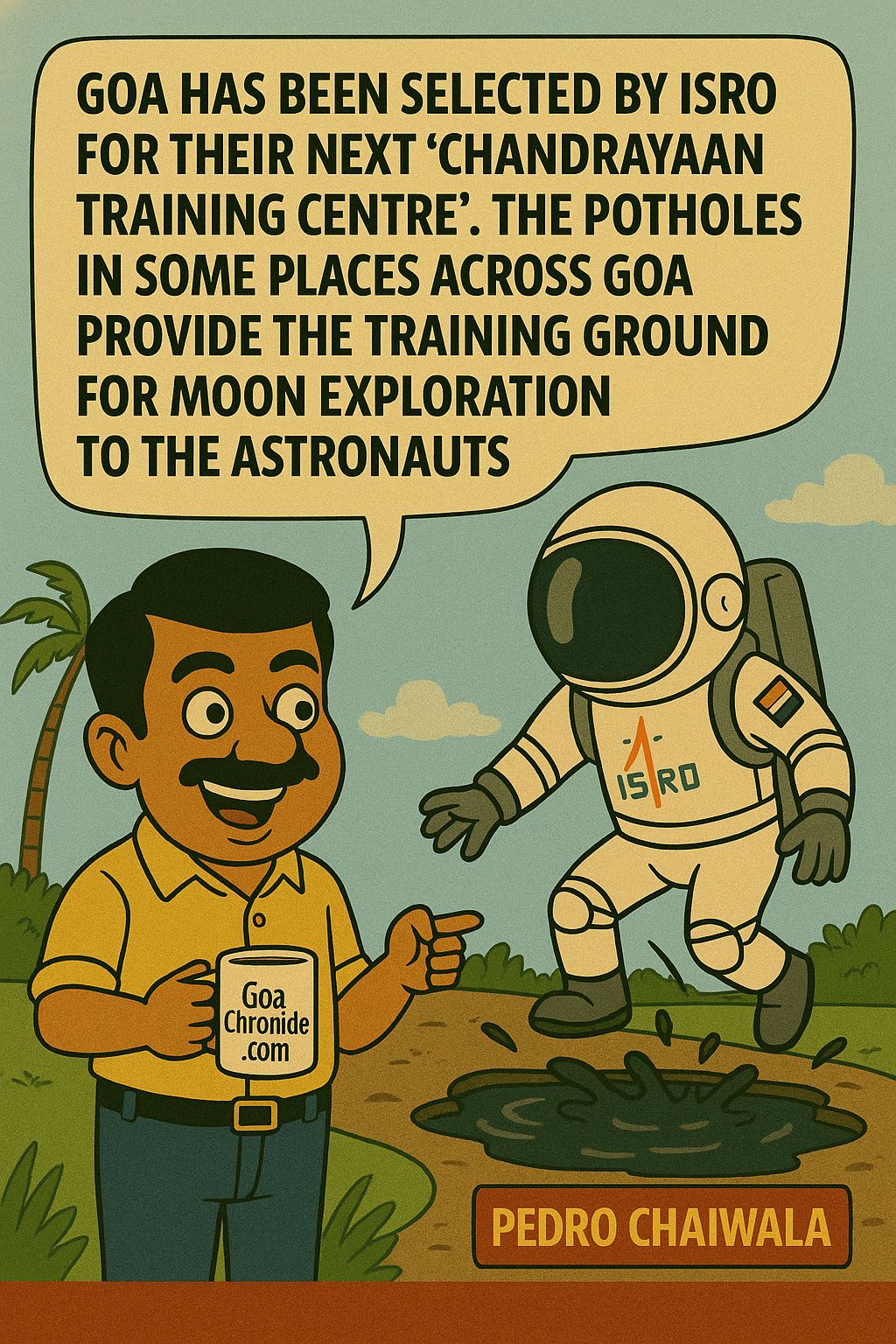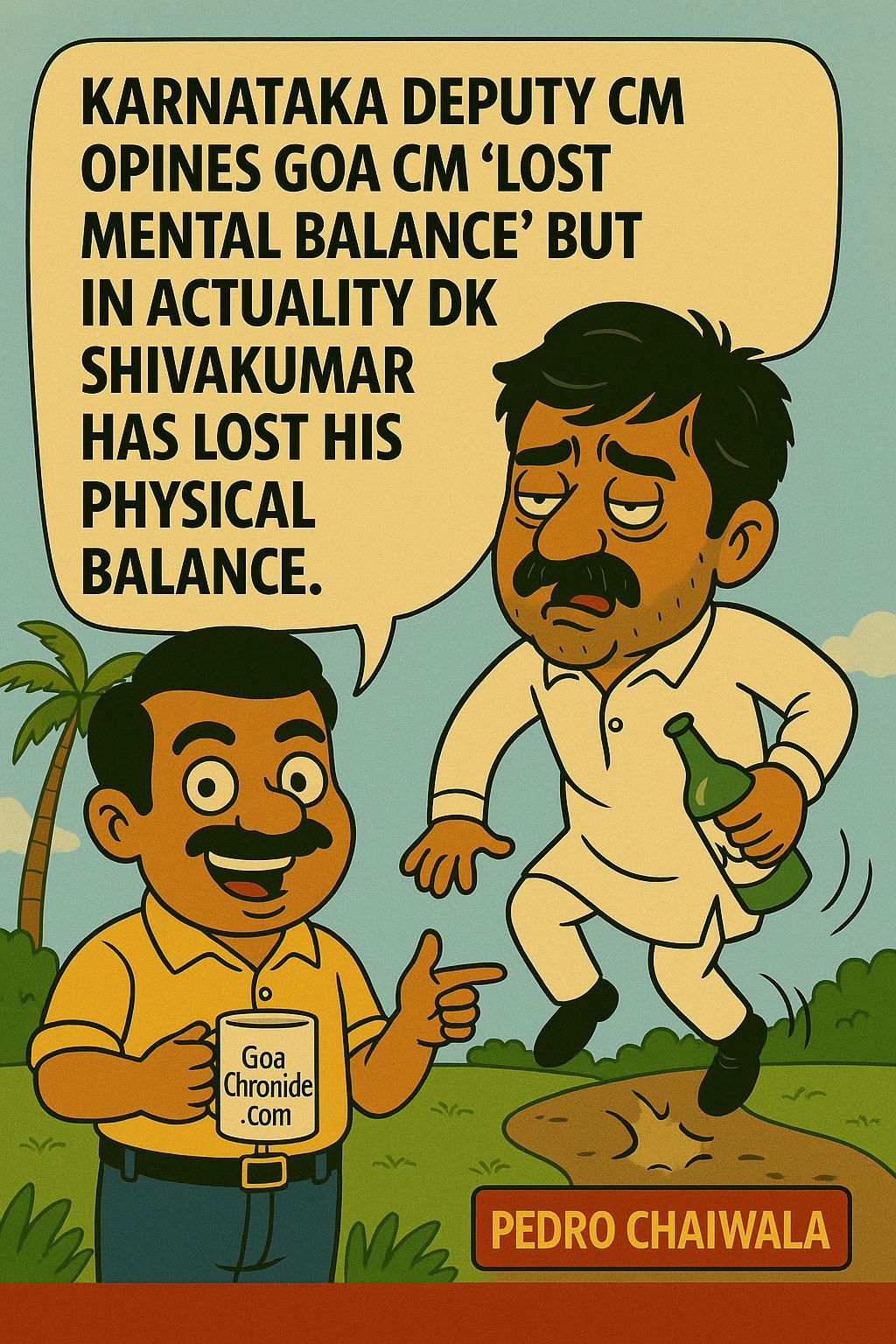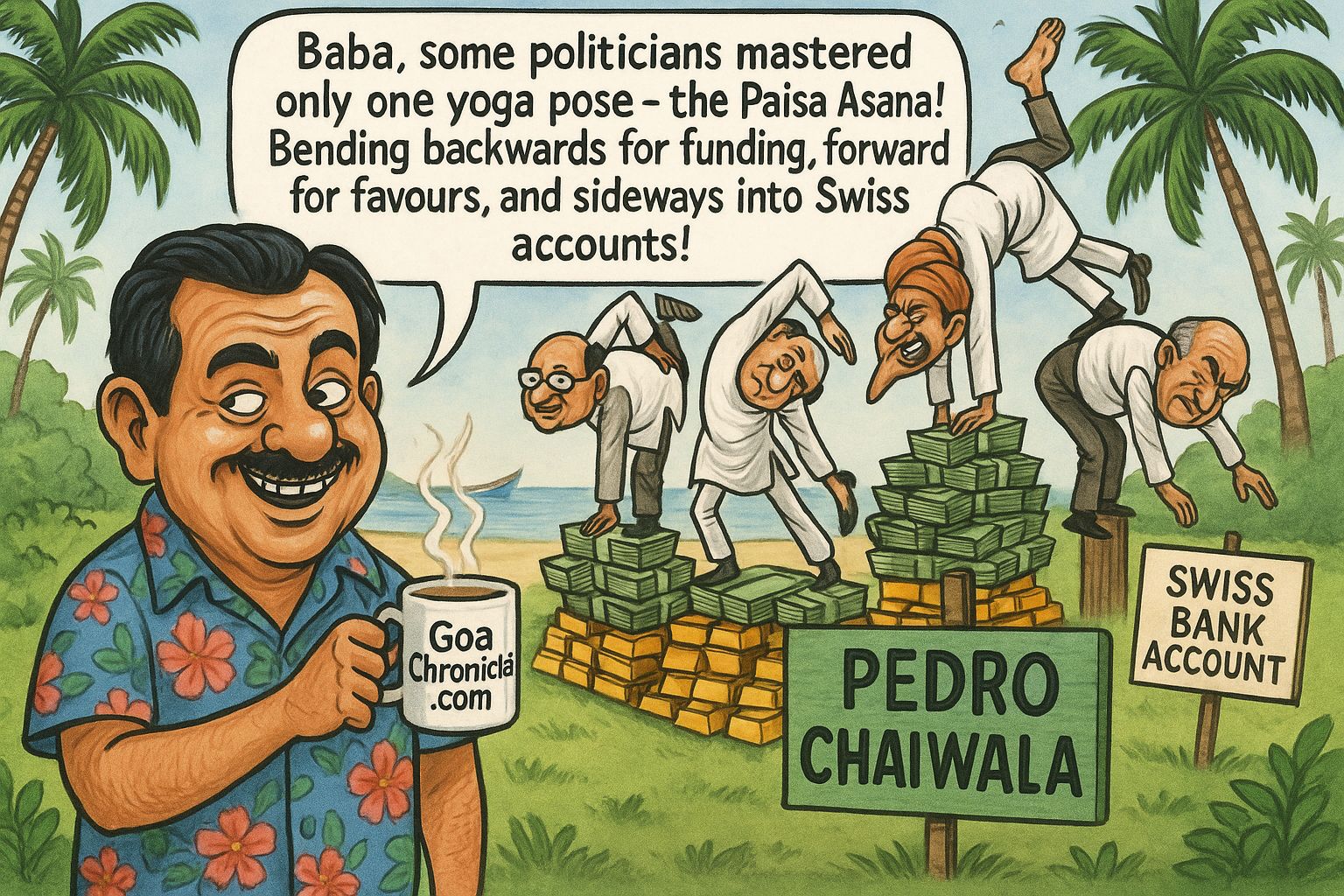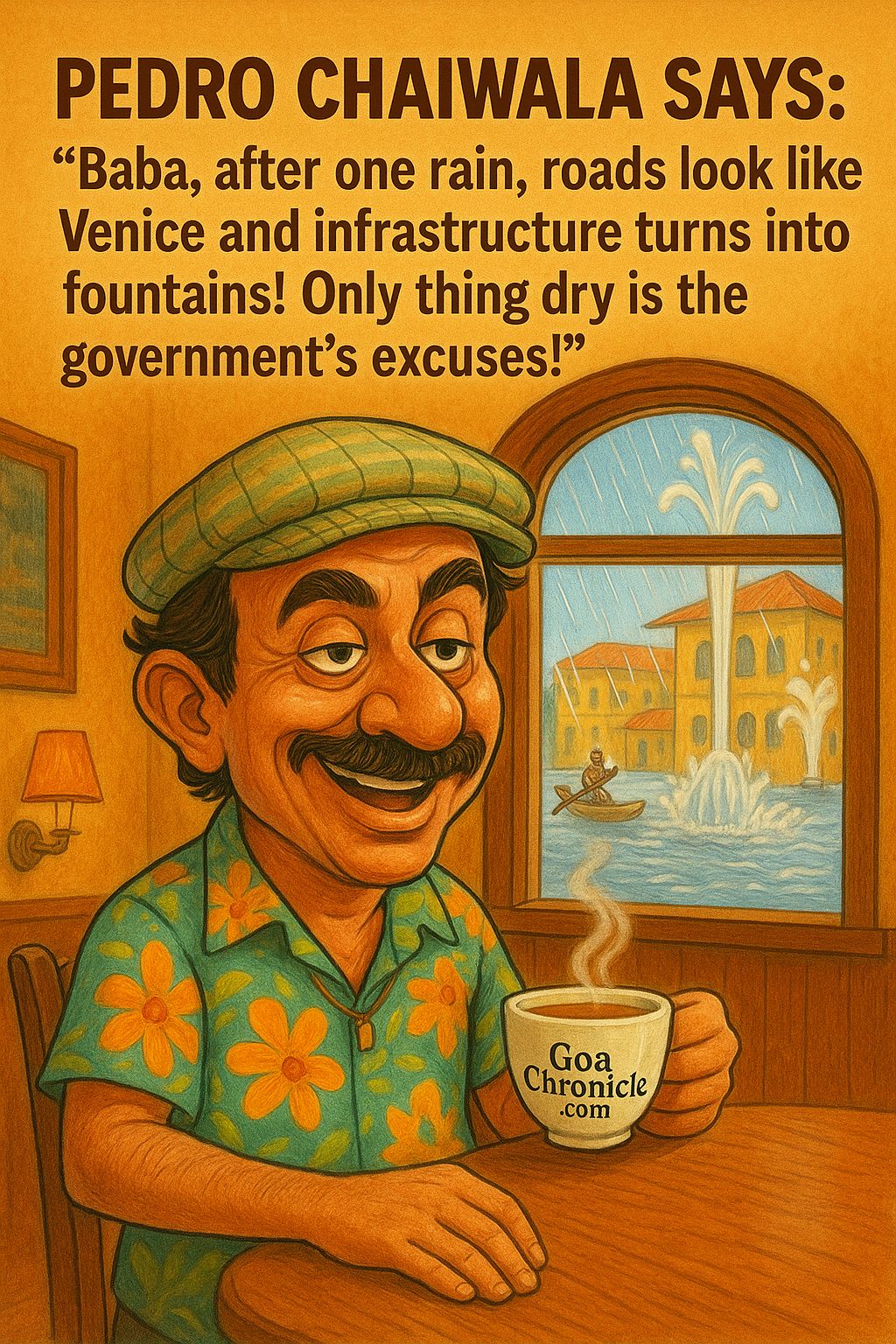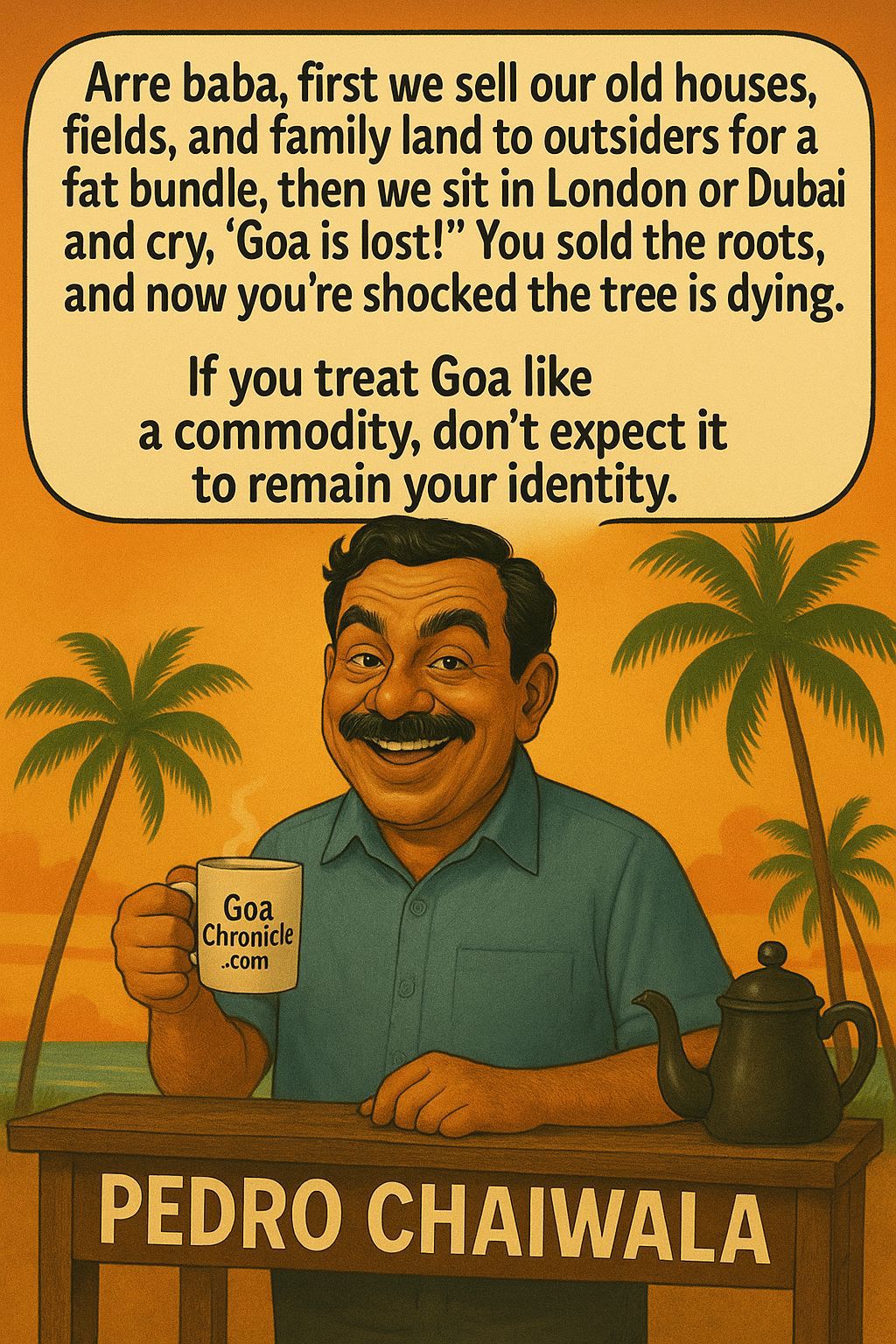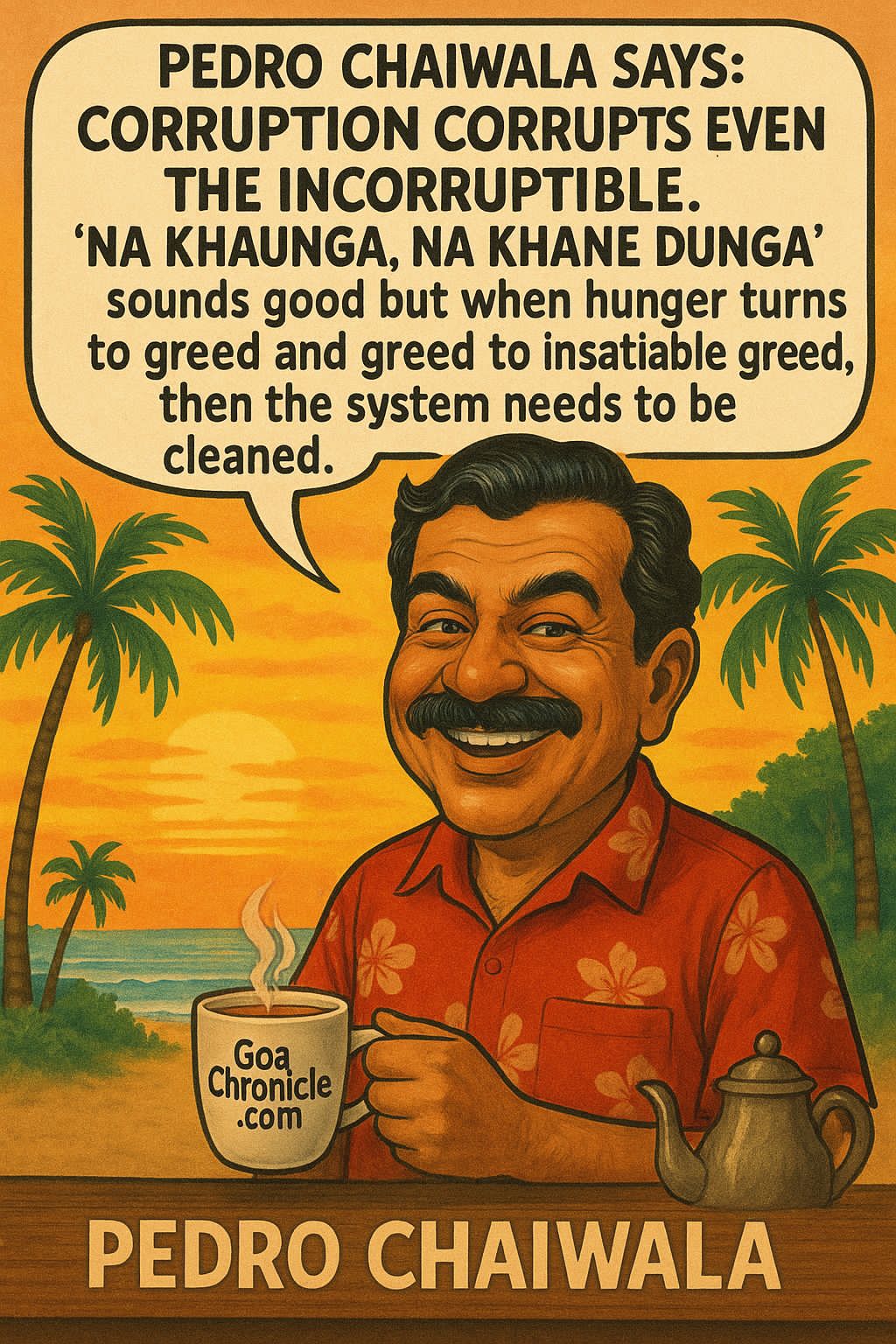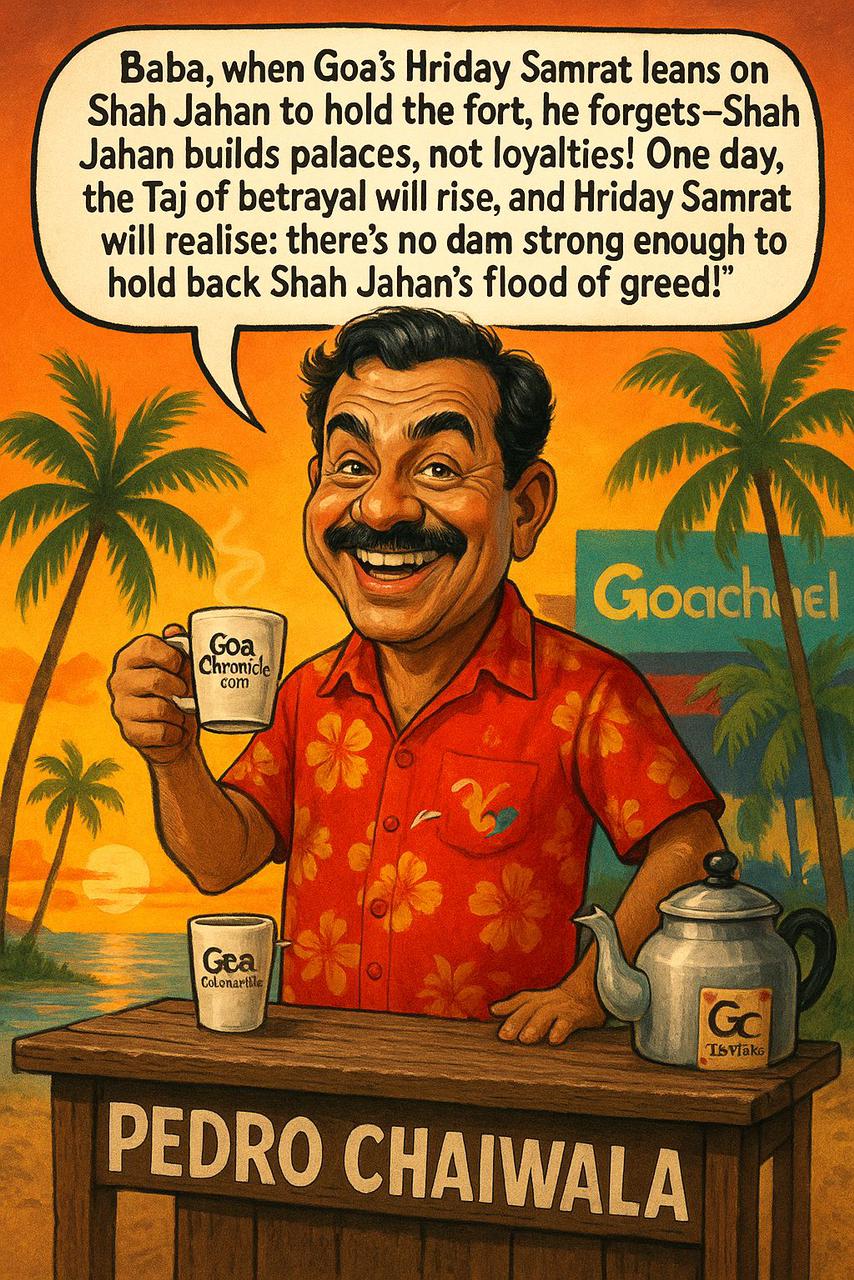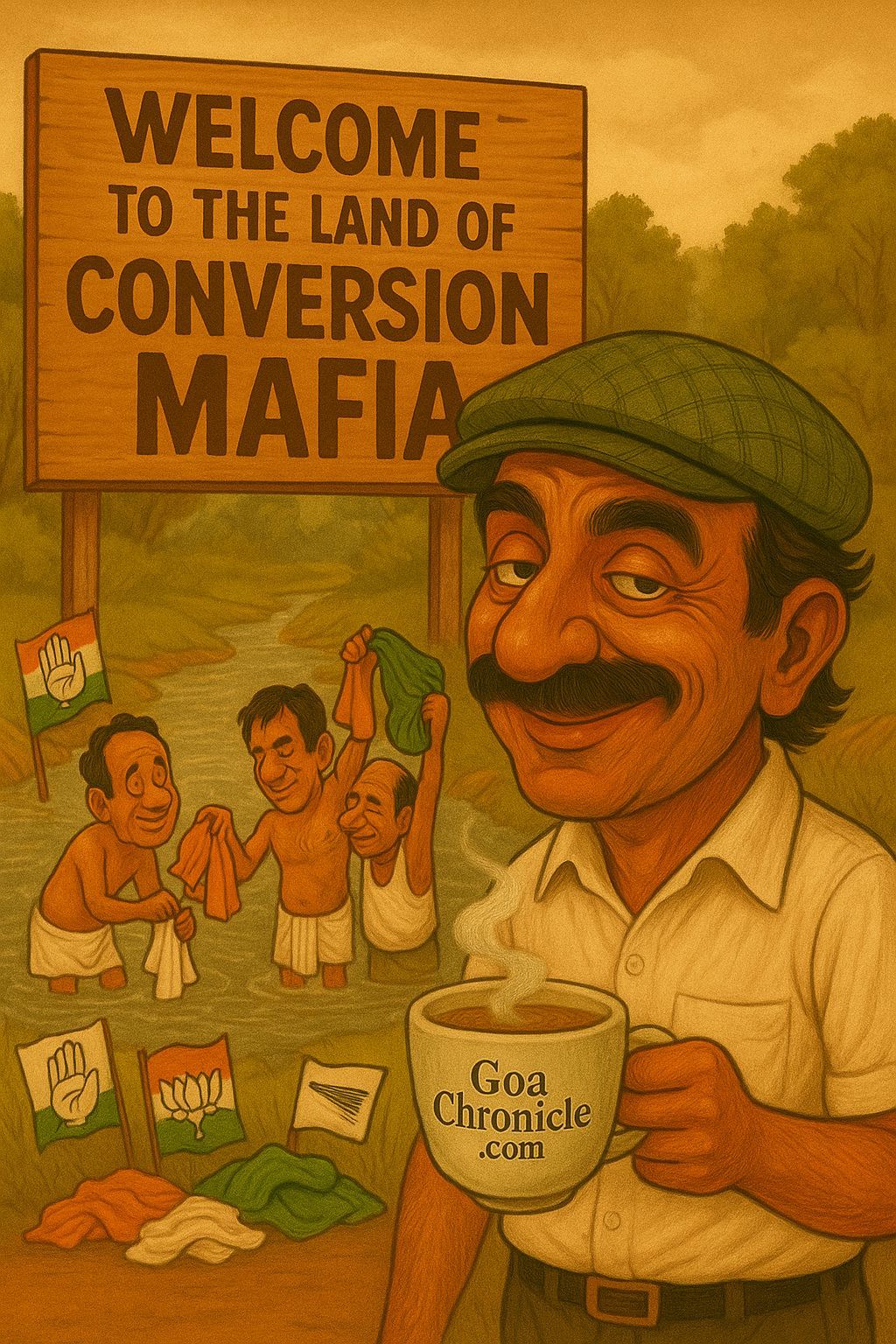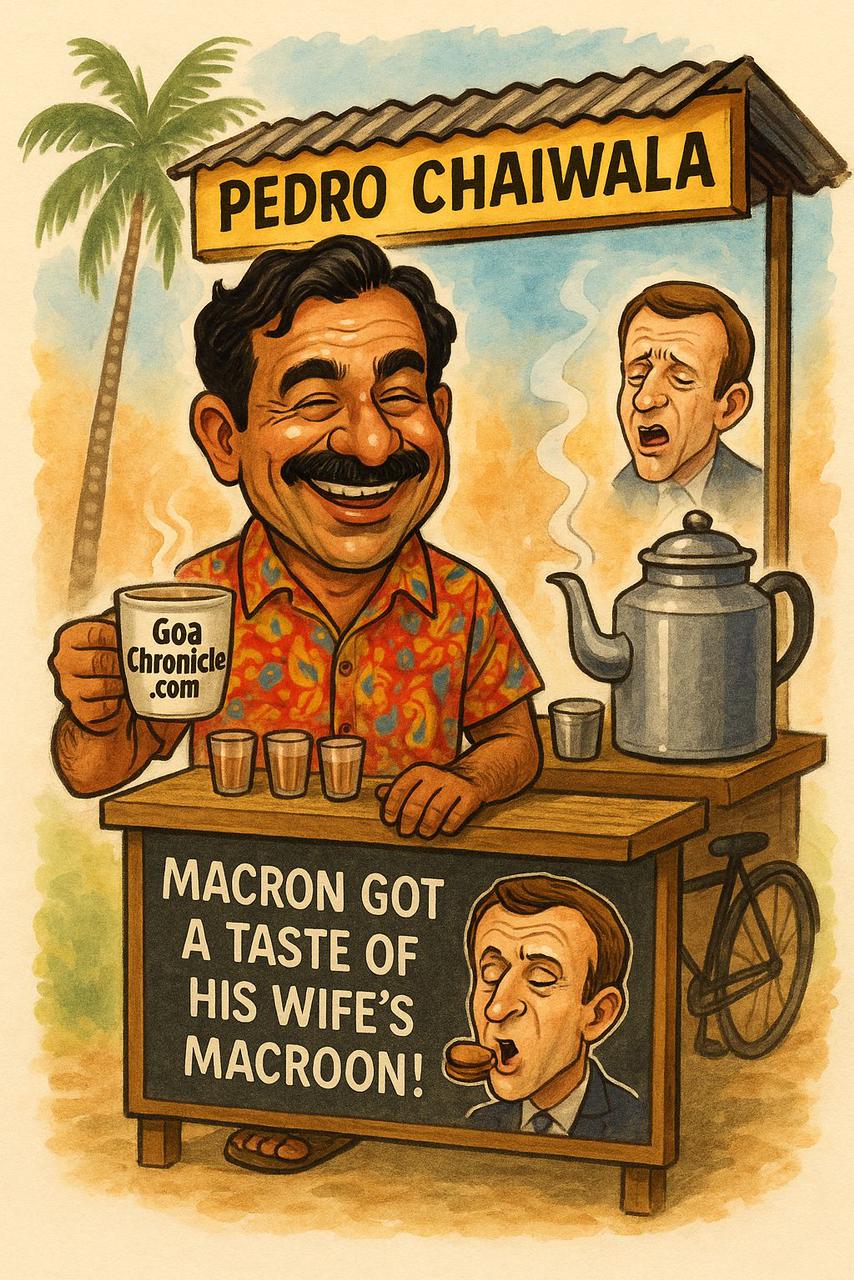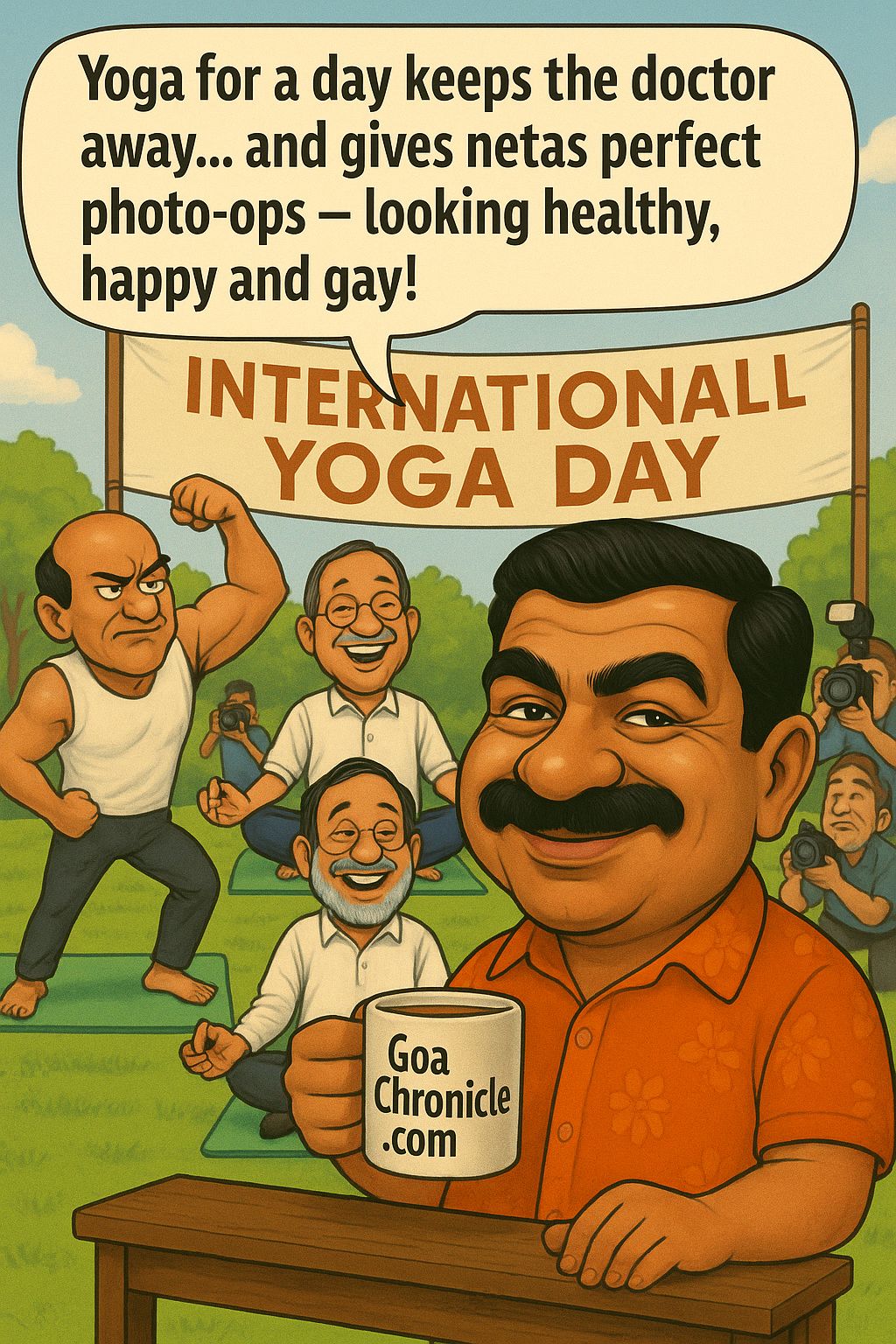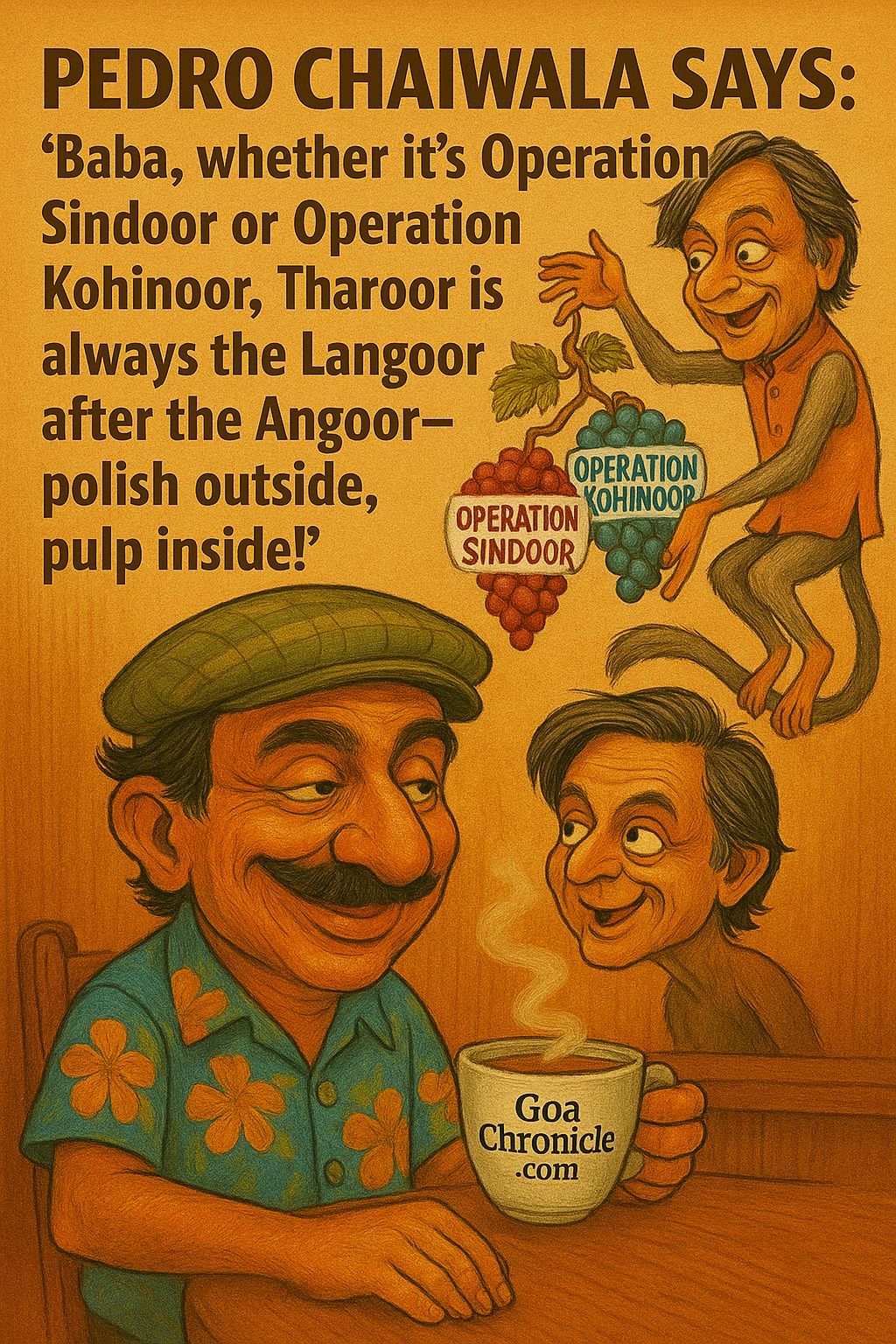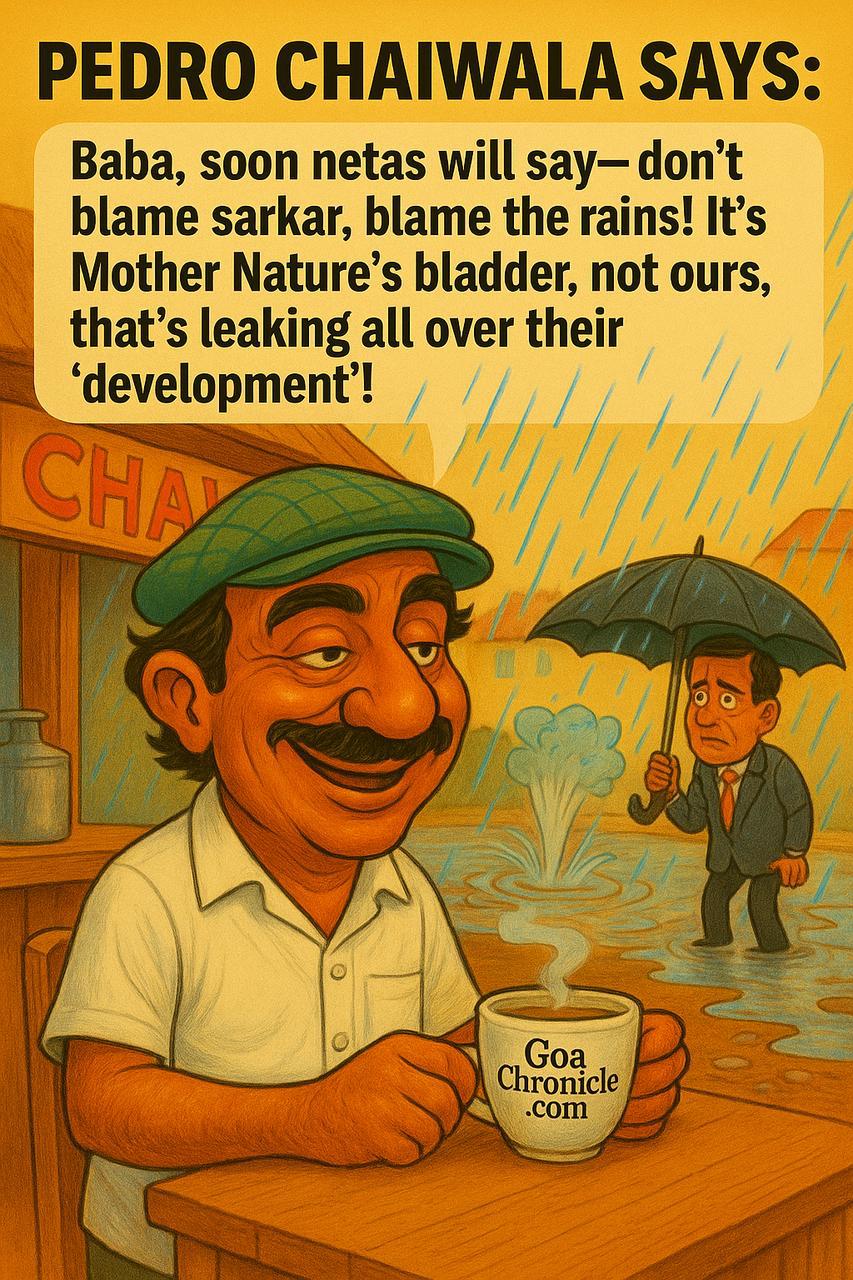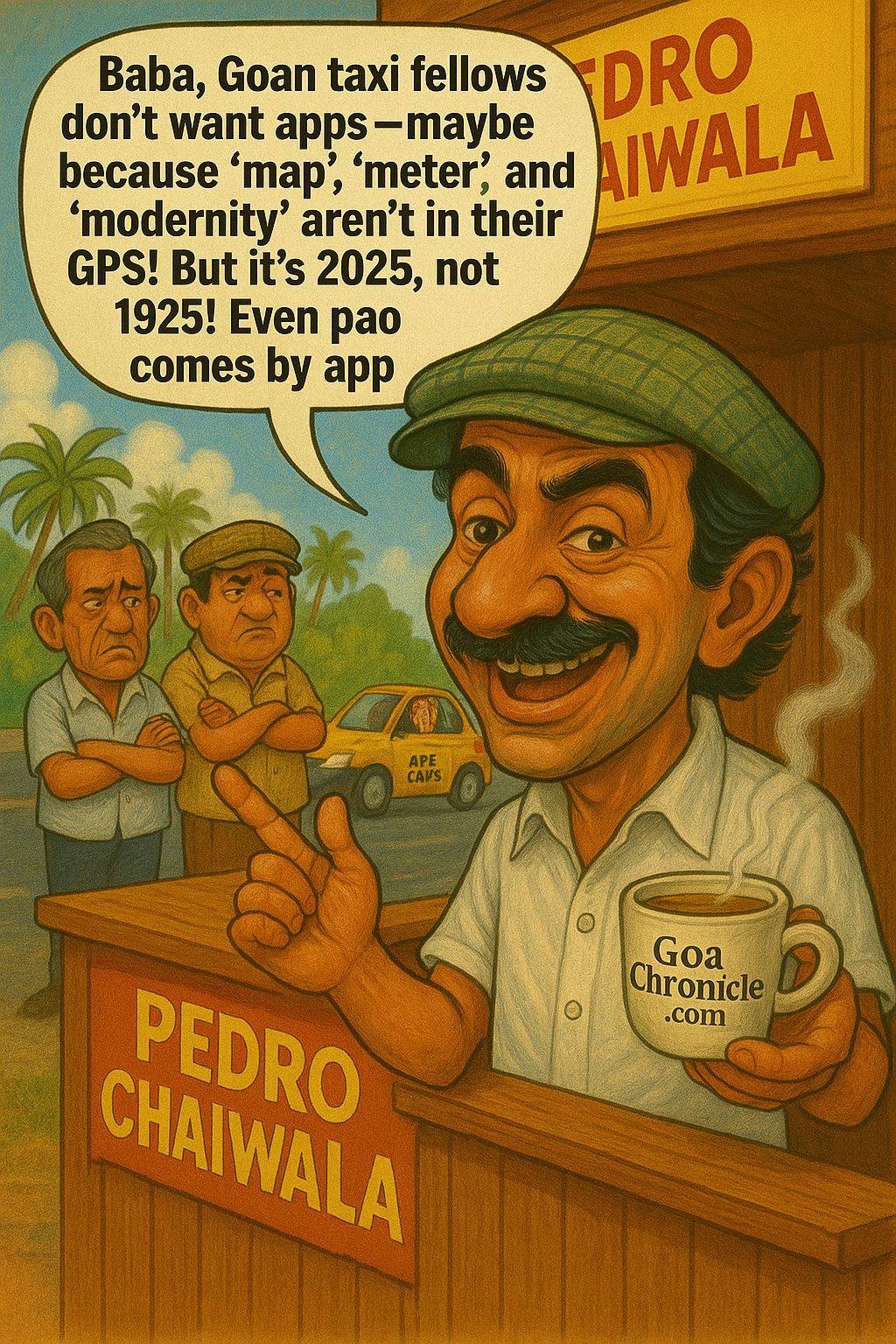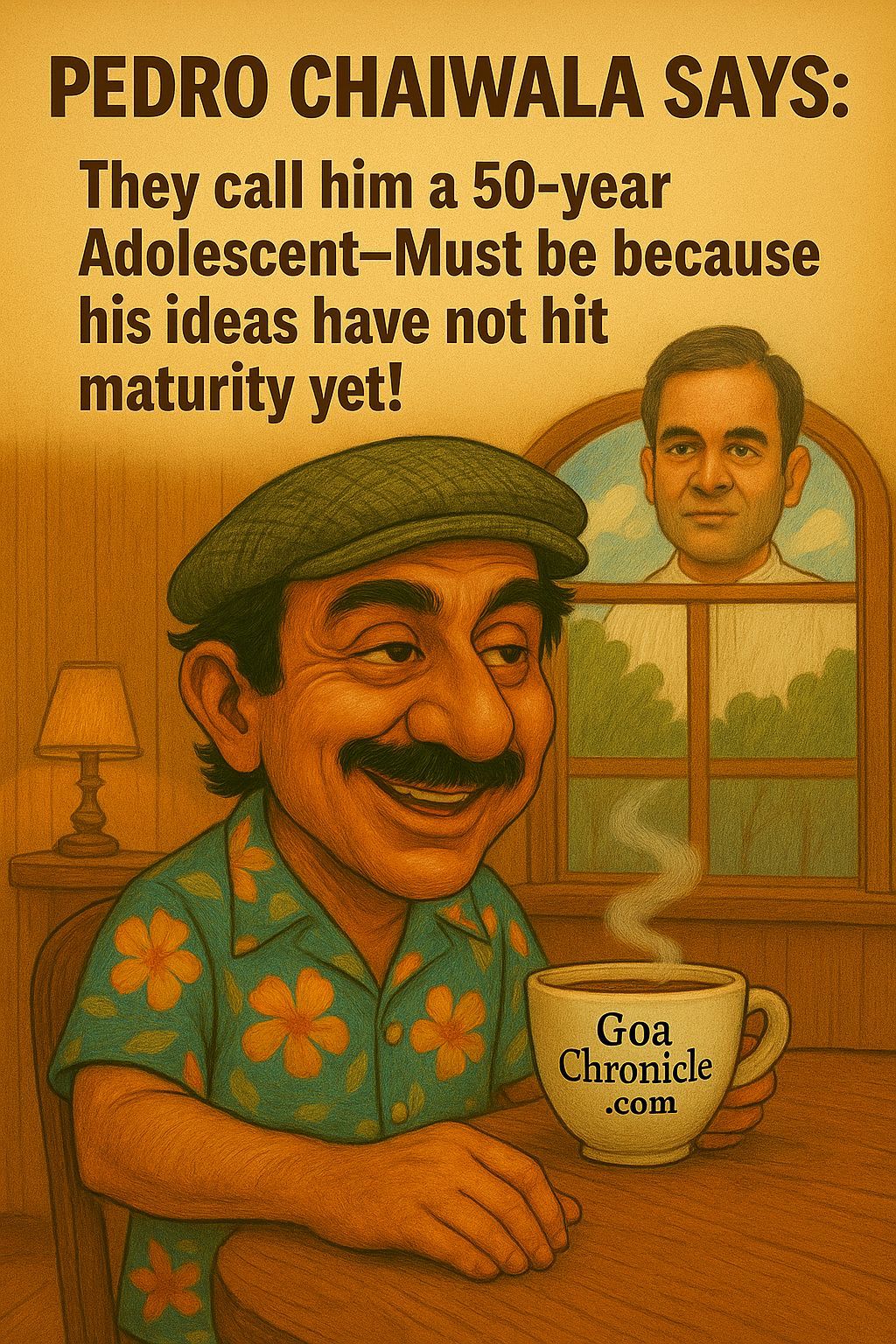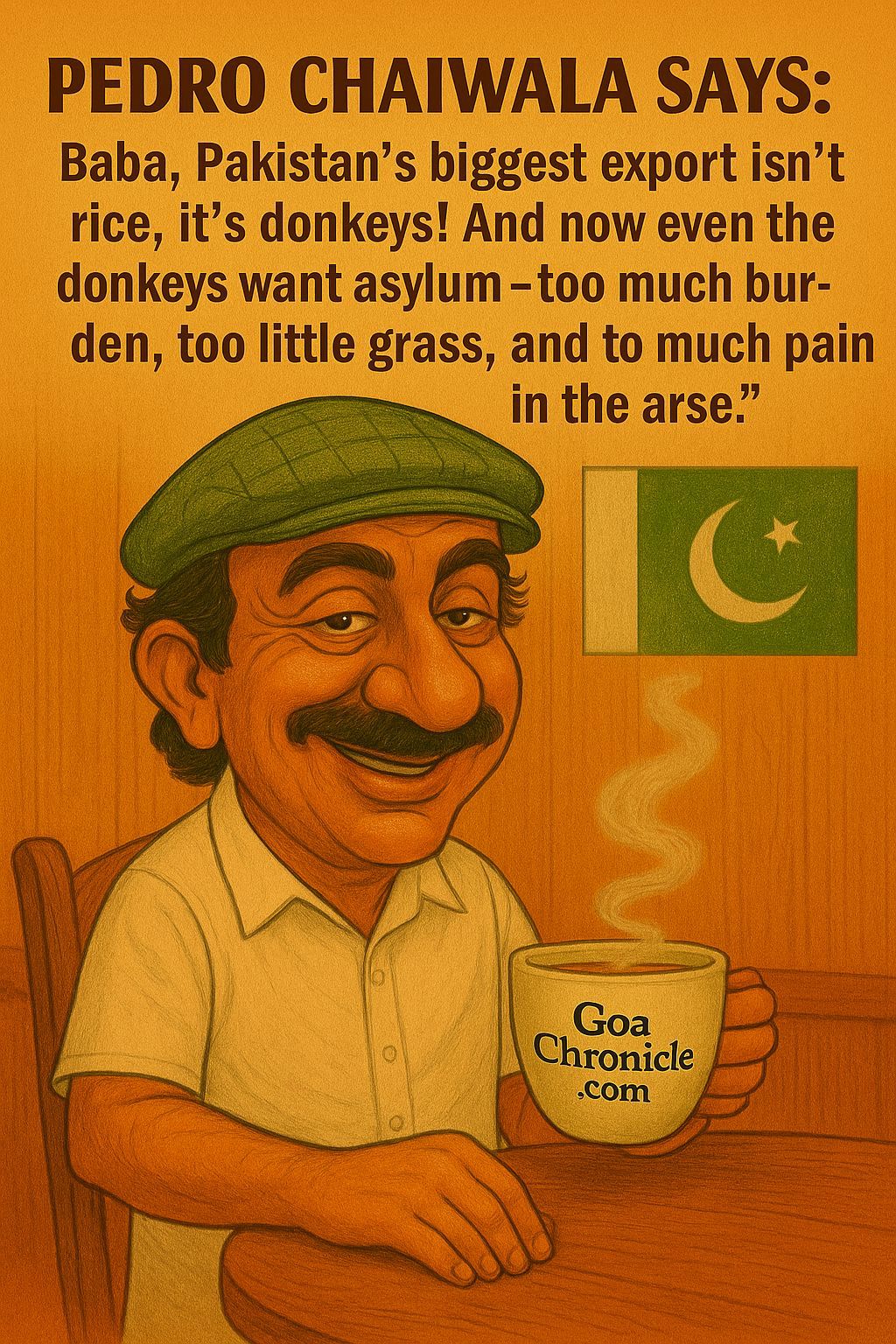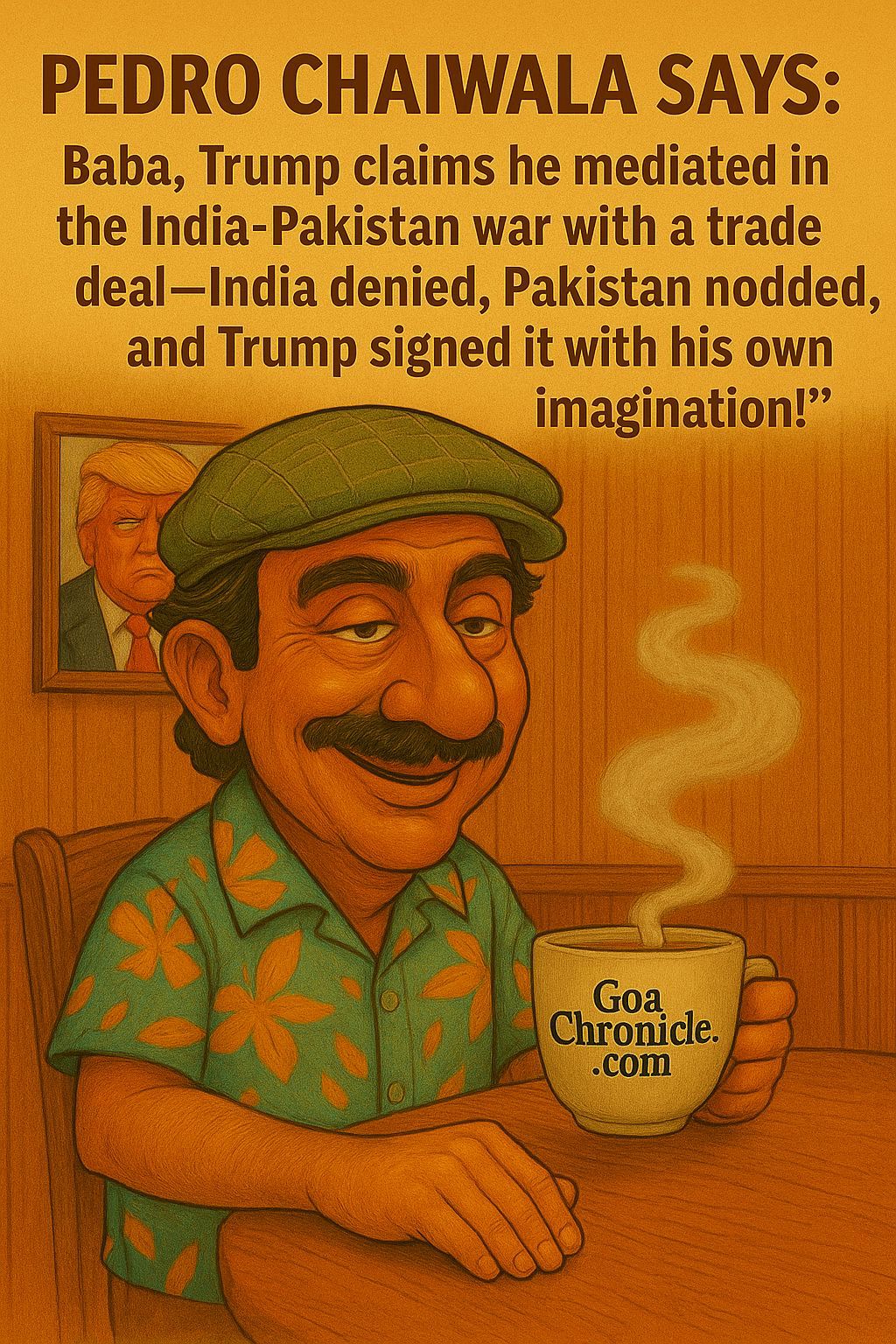Delhi has delivered a decisive verdict. The resounding victory of the Bharatiya Janata Party (BJP) in the 2025 Assembly elections marks the end of Arvind Kejriwal’s theatrical politics and the rise of Narendra Modi’s vision for Viksit Bharat. After ruling Delhi for a decade, the Aam Aadmi Party (AAP) has been reduced from a staggering 62 seats in 2020 to just 22, while the BJP, which had been struggling to regain control of the capital for 27 years, surged from 8 seats to 48, securing a majority. This election was not just a routine political contest; it was a referendum on governance, credibility, and the future of Delhi. The people have made it clear—enough of excuses, enough of blame games, enough of hollow promises. Delhi wants real development, and it has chosen Modi’s leadership to deliver it.
Arvind Kejriwal’s political career was built on dramatics, relentless protests, and an aggressive anti-establishment stance. His rise was meteoric, fueled by the anti-corruption movement and a promise to bring change. However, over the years, his governance style became more about headlines than real transformation. Theatrics took precedence over administration, and populist schemes overshadowed long-term planning. The 2025 elections proved that Delhi’s electorate has evolved. The city no longer wants leaders who thrive on victimhood and perpetual confrontation with the central government. It wants governance, accountability, and results.
AAP’s downfall can be attributed to multiple factors. The liquor policy scam was a major turning point. The arrests of key AAP leaders, including Manish Sisodia and Satyendar Jain, shattered Kejriwal’s carefully crafted image of honesty. The party that once claimed to be the epitome of transparency was now embroiled in corruption cases, and the public saw through the hypocrisy. Kejriwal’s response to these allegations—playing the victim and accusing the BJP of a political witch hunt—failed to convince voters. Instead of addressing the charges, he resorted to emotional appeals, using his wife and party members to generate sympathy. However, Delhi’s electorate did not buy into this narrative.
Another major reason for AAP’s decline was its over-reliance on freebies. While schemes like free water, electricity, and bus rides for women initially gained traction, they ultimately proved unsustainable. The state’s finances deteriorated, infrastructure projects lagged, and essential services like healthcare and education suffered due to mismanagement. What was once seen as an innovative welfare model gradually exposed its flaws—economic instability, declining quality of services, and a lack of real development. The voters realized that free services could not substitute for structural progress, job creation, and economic growth.
Kejriwal’s confrontational style of governance also backfired. His constant clashes with the Lieutenant Governor, the judiciary, and the central government painted him as a leader unwilling to work within the system. While this defiant stance might have won sympathy in the past, it became a liability when Delhi faced real challenges like pollution, infrastructure collapse, and law-and-order issues. Instead of focusing on solutions, Kejriwal spent years blaming others for his government’s inefficiencies. The electorate had enough of this excuse-driven leadership and sought a party that could take decisive action.
On the other hand, the BJP’s remarkable comeback was driven by a clear and compelling narrative—development, governance, and a vision for Delhi’s future. Unlike AAP’s dependency on handouts, BJP campaigned on a promise of long-term economic growth, world-class infrastructure, and improved public safety. The Modi government’s nationwide success in areas such as digital infrastructure, economic reforms, and global leadership resonated with Delhi’s aspirational voters. Modi’s appeal transcends caste, religion, and class barriers, and his governance model, based on performance and accountability, found favor among the city’s middle-class and young voters.
The election results also reflect a shift in voter sentiment. AAP, once the favorite among Delhi’s youth, lost significant ground to the BJP, which managed to connect with first-time voters through its promise of a New India and Viksit Bharat. The Congress, which was once a dominant force in Delhi, continued its decline, further consolidating the bipolar contest between BJP and AAP. With the Congress reduced to political irrelevance, Delhiites had to choose between the chaos of AAP and the stability of BJP, and they decisively picked the latter.
Another critical factor behind BJP’s success was its organizational strength. The party, despite being in opposition in Delhi for years, maintained a strong grassroots presence. It aggressively campaigned against AAP’s failures, exposed corruption scandals, and engaged directly with voters at the booth level. The Modi-Yogi factor also played a role in consolidating the Hindu vote, which had been fragmented in previous elections. The promise of a strong, nationalist leadership appealed to a broad section of society that was disillusioned by AAP’s appeasement politics and inconsistent stance on national security issues.
Delhi’s mandate signals a transformation in Indian politics. The voters have rejected empty rhetoric and emotional gimmicks in favor of concrete action and accountability. Kejriwal’s arrest, instead of garnering sympathy, was seen as a reflection of his party’s moral decline. His repeated attempts to portray himself as a crusader against the system failed when his own party was caught in corruption scandals. The drama, the staged protests, and the hollow promises no longer worked. Delhi wanted real change, and it found that change in the BJP.
As the BJP takes control of Delhi after nearly three decades, the road ahead is filled with both opportunities and challenges. The party must now deliver on its promises, ensuring that Delhi sees real progress in infrastructure, employment, and public services. The expectations are high, and the margin for error is low. However, given Modi’s track record of governance and execution, there is optimism that Delhi will witness a new era of development.
The 2025 Delhi elections will be remembered as a turning point in the city’s political history. It was not just a victory for BJP but a rejection of a flawed governance model that relied more on showmanship than substance. Theatrics and freebie politics have run their course; now, it is time for development, growth, and a Viksit Bharat. Delhi has chosen its path, and it has chosen wisely.






